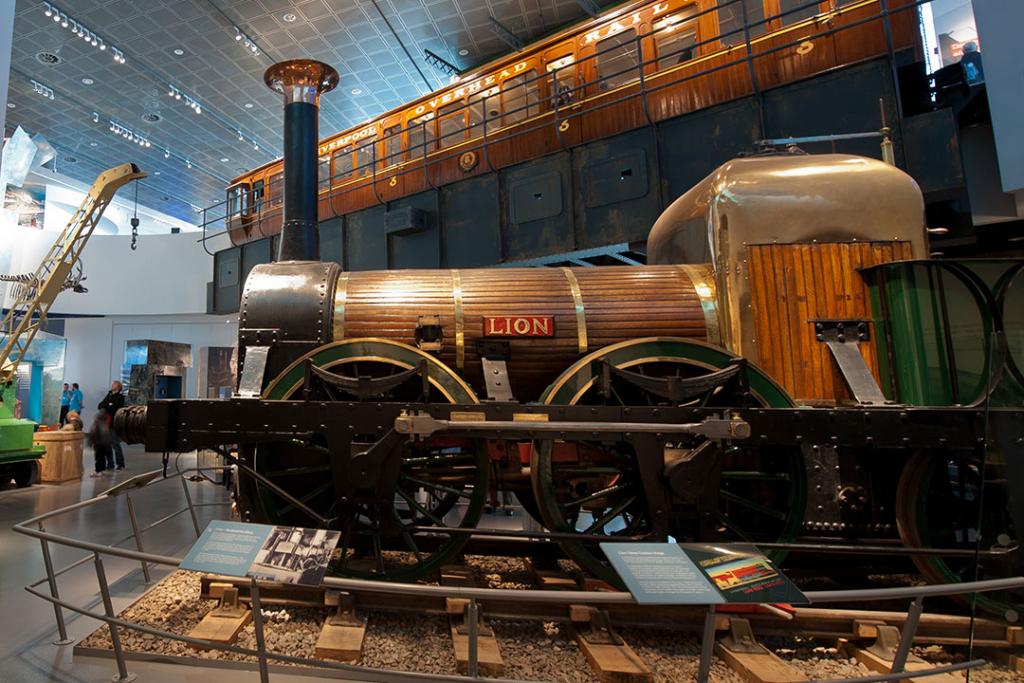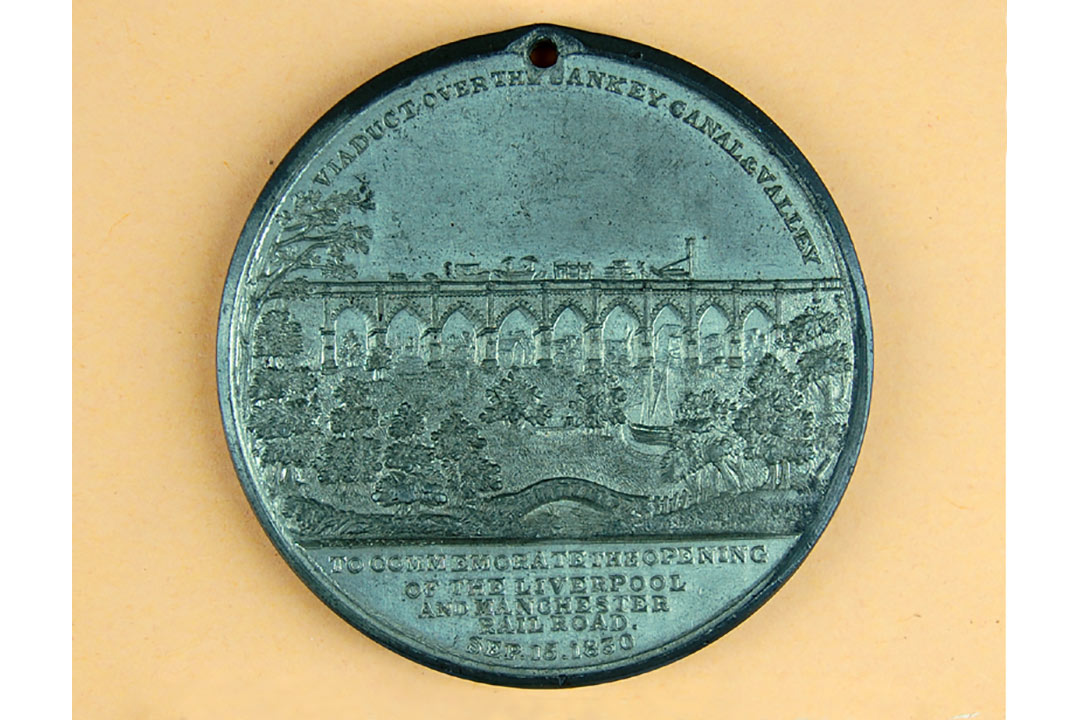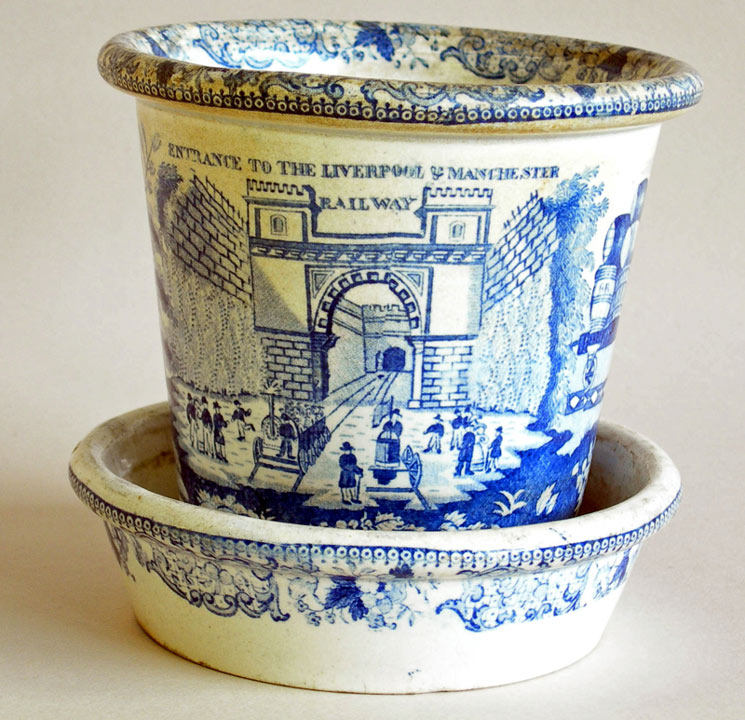The opening of the Liverpool and Manchester Railway
The opening of the Liverpool and Manchester Railway on 15 September 1830 was a momentous event in the history of travel and transport.

How was it for you?
In the dim and distant past I wrote my MA dissertation on the impact of said railway on the landscape and society of Liverpool, and the thing that fascinated me most during my research was the fabulous quotes in the local press from those who supported and marvelled at the railway and those who vehemently opposed it.
The need for the railway
Local businessmen and merchants saw the need for the railway to move raw materials from Liverpool to Manchester to be made into finished goods, and then return these to Liverpool for export around the world.
Goods had moved by road or canal but both methods were susceptible to the weather and were expensive and unreliable. The canal owners had a monopoly on charges and together with some local landowners were staunch in their opposition to the railway plans.
After a couple of false starts with the route, and the opposition, the railway gained Parliamentary approval and work began in 1826. The fact that it only took four years to build, considering the route involved the construction of 63 bridges, the Sankey Aqueduct, the Olive Mount Cutting and the floating of wooden hurdles across five miles of bog at Chat Moss, is quite remarkable!

Commemorative medal showing the Sankey Viaduct, 1830.
But what did the people say about that momentous opening day and the early operation of this new-fangled mode of transport?
Opening day
On 17 September the Mercury carried a full history and report on the opening and informed readers that nothing could be more of benefit “to the welfare and prosperity of a nation…than a facility of intercourse between the towns and provinces of which it is composed.”
Fanny Kemble, an actress working in Liverpool at the time had become friendly with George Stephenson and had accompanied him on the footplate. She recorded on the opening day “how strange it is to be journeying on thus, with no visible cause of progress other than the magical machine, with its flying white breath and rhythmical unvarying pace.”
As well as travelling inside the first and second class carriages, passengers could travel in their own [horse drawn] carriages upon carriage trucks if so required and this was referred to by one commentator as “platforms with railway wheels upon which you may drive your carriage... stand still, and be transported as upon a fairy carpet for thirty miles.”
William Huskisson
However successful the railway became its opening day will always be remembered for the death of William Huskisson. Huskisson was a local MP and avid supporter of the railway. He broke the opposition to the railway with his passionate speech to parliament, declaring the railway to be the transport of the future.
Eight carriages set off along the route towards Manchester with crowds cheering and waving flags. Not everyone was happy and some spectators jeered and threw stones at the passing carriages. However for those on board nothing was going to spoil the excitement of this historic day and at a refuelling stop many of the passengers got out of their carriages and mingled on the track.
Huskisson alighted to talk to the Duke of Wellington and in confusion, as Rocket sped towards him, he fell on to the track. His injuries proved fatal and his untimely demise was reported in the local press thus:
"We would rejoice at the completion of a work of art which is unrivalled throughout the world in its nature, its beauty and utility; we would revel in giving vent to the feeling of national pride and of personal gratification, of which we had the delicious but brief participation with hundreds of thousands of our countrymen on that day... But these feelings, although they are inextinguishable, are overlaid by a weight of sorrow which language cannot describe."
A popular passenger service
Freight services didn’t start on the railway until December 1830, but the passenger service proved extremely popular with 800 people a day travelling by October. By early December the railway had carried around 50,000 passengers.
In the Liverpool Journal a journalist wrote:
"the passengers expressed themselves as being highly delighted with this mode of travelling. We were in conversation last night with a gentleman who had started at twelve minutes past seven o clock in the morning, and was at the breakfast table, in Manchester in about two hours: had devoted the whole day to business, and left at ten minutes past four o clock, and who was in the railroad office in two hours securing a place to return in the morning. The office was crowded last night by persons anxious to obtain seats."
The Penny Magazine in 1833 also expounded the delights of a first trip on the Liverpool and Manchester Railway:
"A pleasurable wonder takes possession of the mind, as we glide along at a speed equal to the gallop of a racehorse. It might be supposed that so great a speed would almost deprive the traveller of breath, and that he could not fail to be unpleasantly conscious of the velocity with which he cut through the air. The reverse is, however, the case; the motion is so uniform, and so entirely free from the shaking occasioned by the inequality or friction of common roads that the passenger can scarcely credit he is really passing over the ground at such a rapid pace."
Many people were still reticent about travelling by locomotive and in Railway Magazine,1835, one gentleman scoffs at the idea of railways covering long distances where he saw inherent dangers:
"Does anybody mean to say, that decent people, passengers who would use their own carriages, and are accustomed to their own comforts, would consent to be hurried along through the air upon a Railroad, from which had a lazy schoolboy left a marble, or a wicked one a stone, they would be pitched off their perilous track into the valley beneath; or is it to be imagined that women, who may like the fun of being whirled away on a party of pleasure for an hour to see a sight, would endure fatigue, misery and danger, not only to themselves but to their children and families, of being dragged through the air at the rate of twenty miles an hour, all their lives being at the mercy of a tin pipe, or a copper boiler, or the accidental dropping of a pebble on the line."
Quite an imagination! But looking back this new system of transport must have been quite amazing when you had never travelled faster than walking pace, or by horse and/or carriage.
Railway mania
The Liverpool & Manchester Railway was the impetus for Railway Mania and set the precedent for railway building around the world. It changed perceptions of time and space and revolutionised people’s work and personal lives in an unprecedented way.
Many souvenirs were made and sold to commemorate the opening of the railway and you can see some of them on display in The Great Port gallery in the Museum of Liverpool. Here you can also see Lion locomotive, pictured above, built in 1838 to run on the railway as a luggage engine.

Earthenware plant holder and stand showing print of the entrance to the Liverpool & Manchester railway, about 1830.
